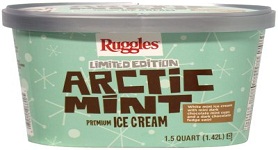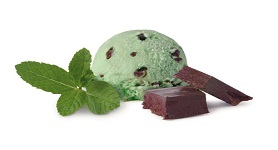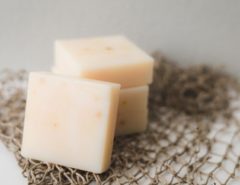By: Emily Wolter
My graduate school journey has had a number of ‘surprises’, as I’m sure many of you can relate. One of those surprises happens to be the field in which my research is anchored: sensory science. I came to graduate school under the impression that I would be focusing mainly on food chemistry, but have had an interesting opportunity to dive into a variety of sensory tests, which I had little knowledge of before. Applied research is of particular interest to me because it is reminiscent of working on a product development team to gauge consumer responses and put out a successful product!
I don’t think the general public realizes the amount of work and research that goes into that new variety of cereal that they see on the grocery store shelves. However, the field of food science is slowly gaining recognition in the consumer’s eyes. I was recently reading an ice cream review blog and noticed an article highlighting how one company altered their packaging and launched a new line based on the comments from consumers in a focus group.






That’s awesome Emily! I know that I really didn’t understand the impact that sensory science has on the field when I first became interested in food science. Now I’m pursuing it as a focus as well! I’d love to hear more about your research and how it interacts with food chemistry, another love of mine. 🙂
Hey Emily,
My research has involved a number of preference tests, training a descriptive analysis panel with 50+ hours of training, running a liking test, a threshold test, and difference test. My ultimate goal is to determine the difference in flavor of pickles fermented with different salts in commercial tank yards. The attempt to change from NaCl as the fermentation salt is for environmental reasons, since sodium is toxic to plants and the fermentation brines are washed into the nearby streams. I am relating qualitative consumer preferences and liking scores to the quantitative data from my descriptive analysis panel and will also be running two dimensional gas chromatography-mass spectrometry on samples to analyze the volatile compounds produced in the different fermentations after varying storage times. I’m right in the middle of collecting a lot of data, but am hoping to reach some key conclusions very soon! 🙂 Tell us about your research, Emily!
Cool article. As a seafood inspector, we must be able to determine quality based on organoleptic attributes like flavor and odor. As part of the job we have to undergo sensory training, where experts from FDA and National Fisheries Institute setup a panel of varying species with different levels of decomposition. We go around and sniff test all the products and give them a score. The people in the class compare their scores with the sensory experts so we can all “calibrate” our noses in order to pass or fail products in the field based on decomposition. It’s pretty cool!
That’s awesome Emily! I think that it’s great that your work blends all kinds of sensory science, toxicology, and analytical chemistry! What a multi-dimensional project!
I’m doing descriptive analysis on wine grapes and wine. Can’t say more in case any readers are also my panelists! 😉
I’m in the middle of my first data collection period, and boy, is it exhausting. Fortunately we already have an active trained panel, so I don’t have to train them on scaling methods, but transitioning to new products is a bit more challenging then I expected! We’re looking at about 20 hours of training/testing at the moment, and will be doing more next year. I can’t wait to start really getting into the data and making connections. Isn’t food science fun?!
Awesome! Yes, food science is just the best! 🙂